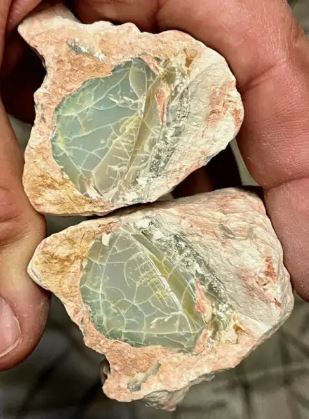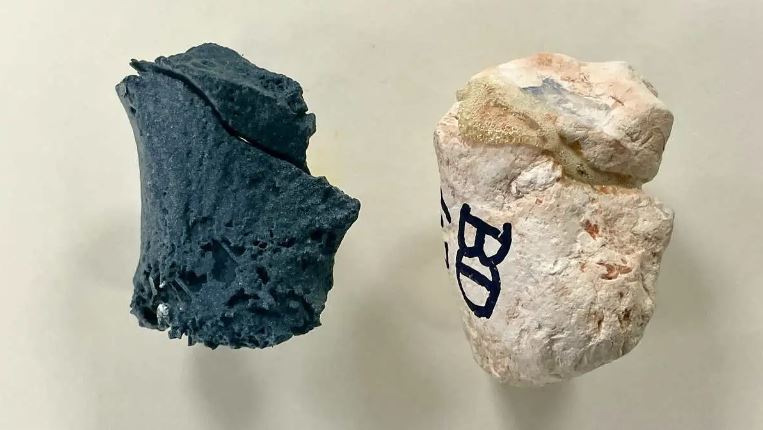Paleontologists from Adelaide’s Flinders University have used state-of-the-art micro-CT scanning and 3D printing technology to look inside a 100 million-year-old dinosaur fossil . But this was no ordinary fossil.
More form the News
In a rare find, collectors unearthed the fossils of a small dinosaur that had been opalized. They believe it may be a new species of Australian dinosaur. The dinosaur was a small bipedal herbivore called a hypsilophodont. The fossils were found in the opal mining town of Lightning Ridge on the outskirts of New South Wales and were recovered and saved for scientific study in 2019.
The dinosaur will be reconstructed from opalized fossils in a collaboration between the documentary team at Paleo Pictures led by Associate Professor Paul Willis of the Australian Opal Center at Lightning Ridge and Flinders University. Lead paleontologist Assoc Prof. Paul Willis counts specimens in piles of polystyrene before scanning. Credits: Paleo Pictures.
Opals form when silicon dioxide dissolved in water travels through the Earth to reach cavities in rocks. Once the water evaporates, silica deposits are left behind. Sometimes, opals form cavities because a living thing was buried in sand or clay before it hardened into stone. Opal forms in a mold leaving behind a fossilized replica of the organism.
The bones are preserved in the form of the common opal, or pooch, and are mostly embedded within white sandstone. Credits: Paleo Pictures. Fossils found at Lightning Ridge are often colorless and “worthless” (monetary speaking) pits. But sometimes fossils are made of precious opals – even treasured black opals – and are much higher in value. But Willis insists that all fossil specimens are “priceless” to science. His team has begun using the latest imaging technology to learn more about the animal that has made its mark.
“We are using the Flinders CT scanning facility in Tonsley to look inside the rock that contains the remains of a small dinosaur,” says Willis. Scans show preserved fossils in exquisite detail.
“Not only do the scans allow us to better understand what we have in the form of a dinosaur skeleton, they will also be an invaluable aid in the next phase of the study of this specimen by removing the surrounding rock.
“Before using scans on such specimens, removing the surrounding rock was a matter of ‘blinding it’, sensing our way of revealing the bones. Now we can do this with much more confidence because We know where the rock stops and where the bone begins.”
So far about 20% of the dinosaur fossil specimens have been scanned. Once the rest is processed the team will work on a detailed study of the skeleton and use 3D printing to complete the reconstruction as much as possible from the pieces of the puzzle.
On the right is the opal fossil still in the rock and on the left is the 3D print of the CT scan generated fossil. Credits: Paleo Pictures.
Paleontologists hope that the reconstruction of dinosaur fossil will reveal whether it is indeed a new species of dinosaur, and then they will try to “give” life back to the fossils, knowing how the animal lived and died.
Subscribe to AM Chronicle Newsletter to stay connected: https://bit.ly/3fBZ1mP
Follow us on LinkedIn: https://bit.ly/3IjhrFq
Visit for more interesting content on additive manufacturing: https://amchronicle.com/




